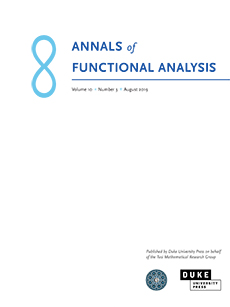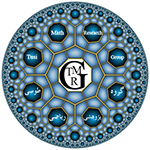Abstract
I. Kaplansky showed in 1947 that every submultiplicative norm $\Vert . \Vert$ on the algebra ${\mathcal C}(K)$ of complex--valued functions on an infinite compact space $K$ satisfies $\Vert f \Vert \ge \Vert f \Vert _K$ for every $f \in {\mathcal C}(K),$ where $\Vert f \Vert _K=max_{t \in K} \vert f(t)\vert $ denotes the standard norm on ${\mathcal C}(K).$ He asked whether all submultiplicative norms $\Vert . \Vert$ were in fact equivalent to the standard norm (which is obviously true for finite compact spaces), or equivalently, whether all homomorphisms from ${\mathcal C}(K)$ into a Banach algebra were continuous. This problem turned out to be undecidable in ZFC, and we will discuss here some recent progress due to Pham and open questions concerning the structure of the set of nonmaximal prime ideals of ${\mathcal C}(K)$ which are closed with respect to a discontinuous submultiplicative norm on ${\mathcal C}(K)$ when the continuum hypothesis is assumed. We will also discuss the existence of discontinuous characters on Fr\'echet algebras (Michael's problem), a long standing problem which remains unsolved. The Mittag--Leffler theorem on inverse limits of complete metric spaces plays an essential role in the literature concerning both problems.
Citation
Jean Esterle. "Kaplansky's and Michael's problems: a survey." Ann. Funct. Anal. 3 (2) 66 - 88, 2012. https://doi.org/10.15352/afa/1399899933
Information





